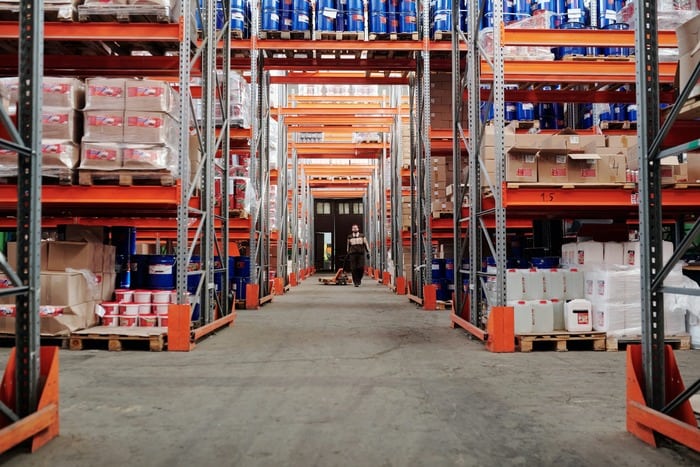In the world of logistics and supply chain management, the efficiency of your warehouse operations can make or break your business. One crucial aspect of optimising your warehouse is selecting the right racking system. Industrial shelving and warehouse racking are the backbone of any well-organised storage facility. In this blog, we will delve into the key considerations and types of warehouse racking systems to help you make an informed decision.
Understanding Your Warehouse Needs
Before diving into the specifics of various racking systems, it’s essential to have a clear understanding of your warehouse’s unique requirements. Here are some questions to consider:
-
What Are You Storing?
The type of products you handle greatly influences your racking system choice. Are you storing pallets, boxes, long items like pipes, or odd-shaped products? Understanding your inventory will dictate the design and capacity requirements of your racking system.
-
How High Can You Go?
Warehouse height plays a crucial role in racking decisions. Taller warehouses can accommodate high-reach racking systems, which maximise vertical space. In contrast, lower warehouses may require systems that prioritise horizontal space.
-
How Will You Access Items?
Consider how often you need to access items stored in your warehouse. Some systems prioritise easy access, while others are designed for dense storage and may require specialised equipment for retrieval.
-
What’s Your Budget?
Budget constraints are a reality for most businesses. While it’s tempting to choose the cheapest option, it’s important to balance cost with long-term efficiency and durability.
Types of Warehouse Racking Systems
Now that you’ve assessed your needs, let’s explore some common warehouse racking systems:
-
Selective Pallet Racking
Overview: Selective pallet racking is one of the most common and versatile racking systems. It allows for direct access to each pallet, making it ideal for businesses with a wide variety of products.
Advantages: Easy access, adaptability, and efficient use of space.
Best Suited For: Retail, e-commerce, and distribution centres.
-
Drive-In and Drive-Through Racking
Overview: These systems allow for high-density storage by eliminating aisles. Drive-in racking loads from one side, while drive-through racking loads from both sides.
Advantages: High storage density, suitable for products with a low turnover rate.
Best Suited For: Cold storage, bulk storage, and products with a long shelf life.
-
Cantilever Racking
Overview: Cantilever racking is designed for the storage of long and bulky items, such as lumber, pipes, and steel.
Advantages: Efficient storage of oversized items, easy access, and adaptability.
Best Suited For: Building materials, automotive parts, and furniture.
-
Push-Back Racking
Overview: Push-back racking is a high-density solution that uses a series of nested carts to store multiple pallets deep.
Advantages: Efficient use of space, suitable for products with multiple SKUs.
Best Suited For: High-density storage with multiple products.
-
Pallet Flow Racking
Overview: Pallet flow racking uses gravity to move pallets forward. It’s ideal for first-in, first-out (FIFO) inventory systems.
Advantages: Excellent for managing perishable goods, efficient stock rotation.
Best Suited For: Food storage, manufacturing, and assembly lines.
Making the Right Choice
Selecting the right warehouse racking system is a critical decision that can significantly impact your business operations. By understanding your specific needs and considering the advantages of each system, you can make an informed choice that maximises efficiency, minimises costs, and ultimately enhances your bottom line. Remember, your warehouse racking should evolve with your business, so stay flexible and be prepared to adapt as your needs change over time.

